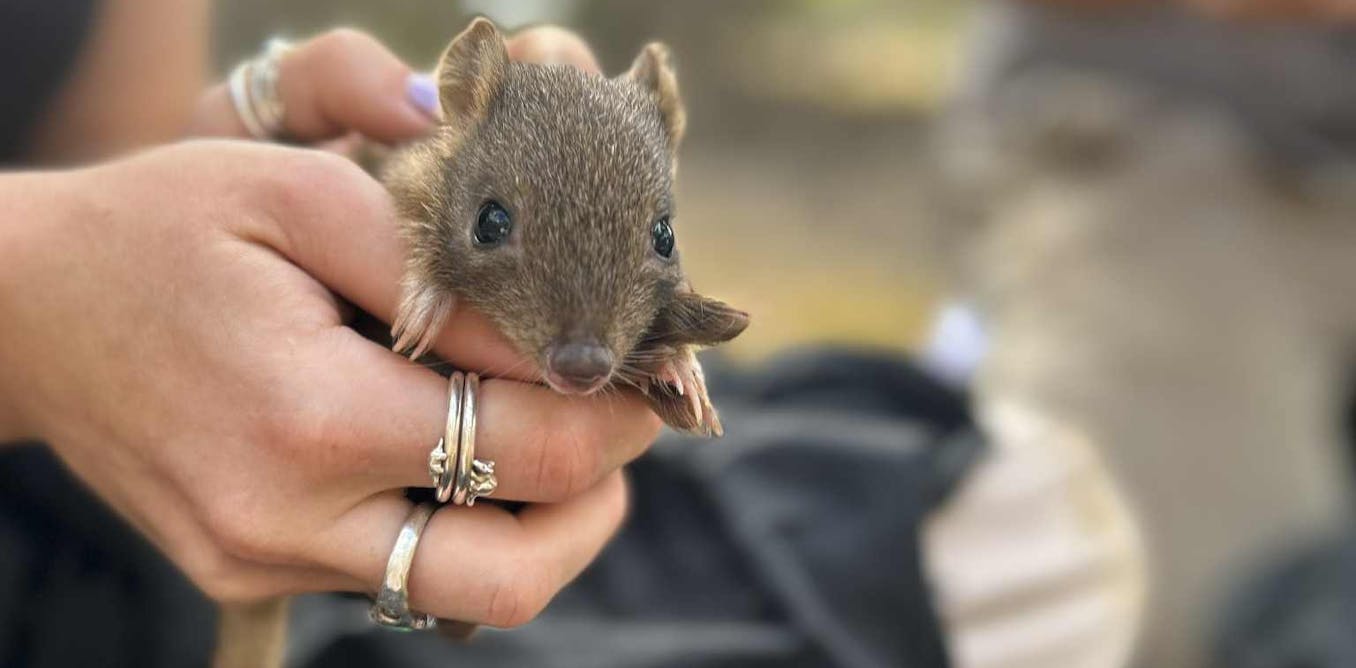The original DreamWorks animated feature film, How To Train Your Dragon, was released in 2010 to widespread critical acclaim. Praised for its innovative 3D animation, emotional depth and stunning flying sequences, spectacle converged with identity, inclusion and a story of generational change that adhered to a reassuringly traditional narrative structure. Fifteen years later, in a world more politically fractured, the live-action remake has been released.
The original film confidently mastered the uncanny valley issues of early 3D animation. This new live-action version builds on its success and presents a spectacular photo-realistic fantasy world.
Hyper-real flight sequences offer immersion in ways that have appealed to audiences since the inception of cinema when phantom rides simulated the thrill of speed and continuous movement from a first person perspective.
There are references to other films throughout, including Titanic (1997), Saving Private Ryan (1998) and the Alien and Harry Potter franchises. But even with its extensive use of CGI and visual effects, the differences between the live-action and animation are not as pronounced as might be expected in films made 15 years apart.
Looking for something good? Cut through the noise with a carefully curated selection of the latest releases, live events and exhibitions, straight to your inbox every fortnight, on Fridays. Sign up here.
Significant differences are apparent when it comes to the characters, however. The 2025 reinterpretations of Hiccup (Mason Thames), Astrid (Nico Parker) and Stoic (Hiccup’s father, played by Gerard Butler) seem less nuanced than the original versions. With animated characters, the audience accepts a stylised story world and character motivation more readily. But translated to live action, their motivations now feel as though they turn on a sixpence. As such they come across more as narrative devices than psychologically developed characters.
The story centres on a young Viking named Hiccup. He looks older here than the original animated 15-year-old, but like most heroes heading off for a rite of passage, he is still awkward, cerebral and caught in the space between boyhood and an adult masculinity.
Hiccup is expected to kill a dragon as his initiation into adulthood. Instead, he bonds with the fearful Night Fury Dragon (which he names Toothless), and relates to the creature’s feelings of exclusion. This furthers his understanding of the creature he has injured and leads him to question the beliefs of his community.
When Hiccup reaches out (a moment of welcome respite in the relentless musical score) to Toothless, the most feared dragon, becomes puppy-like with exuberance, gratitude and goodwill. This underlines the film’s themes of empathy over power and a vision for a world that is remade through connection. As such, Hiccup’s mastery of Toothless, through mutual trust and consent, belongs to a cinematic lineage of children and their animal companions.
American exceptionalism
The film begins with an introduction to the village of Berk that is under aerial bombardment from dragons. The plucky island community endures the raids with a grit and stoicism that is reminiscent of cinematic representations of the British during the blitz.
If the dragons are stand-ins for the German Luftwaffe Messerschmitt, then Toothless is all RAF Spitfire. The aerial combat takes a new direction when the attacking dragons are revealed to be controlled by tyrannical alpha dragon, The Red Death.
The voice casting of the villagers distracts from the action, however. The established Viking community is represented by a range of identities. All the adults speak with British accents while their children, the future inheritors, have an American lilt.
The implication is that the old Viking community is blinkered by tradition while the American youths represent modernity through reason and inclusion. This hackneyed trope of a traditional community stuck in the past until the Americans drive progress remains in this live-action version. It contradicts the film’s themes of inclusion and understanding by perpetuating an American exceptionalism that resonates with cultural shifts in the aftermath of the second world war.
As such, the choice of accents is not merely a concession to the market but a continuation of the cultural hegemony of US war narratives. Even though the Battle of Britain was mostly a British, European and Commonwealth effort, it’s the legacy of the Eagle Squadrons, those rule-breaking Americans, who are alluded to here.
This live-action version of How To Train Your Dragon is therefore refreshed in its visuals only. The dreams, cultural anxieties and post-war allusions remain. The question then is this: after Trump’s reshaping of America’s relationship with the UK and Europe, is a second world war meta-narrative still going to fly?

The post “refreshed visuals don’t save this remake’s hackneyed American exceptionalism” by Sarah Louisa Bowen, Head of Animation at the Northern Film School, Leeds Beckett University was published on 06/12/2025 by theconversation.com





































Leave a Reply